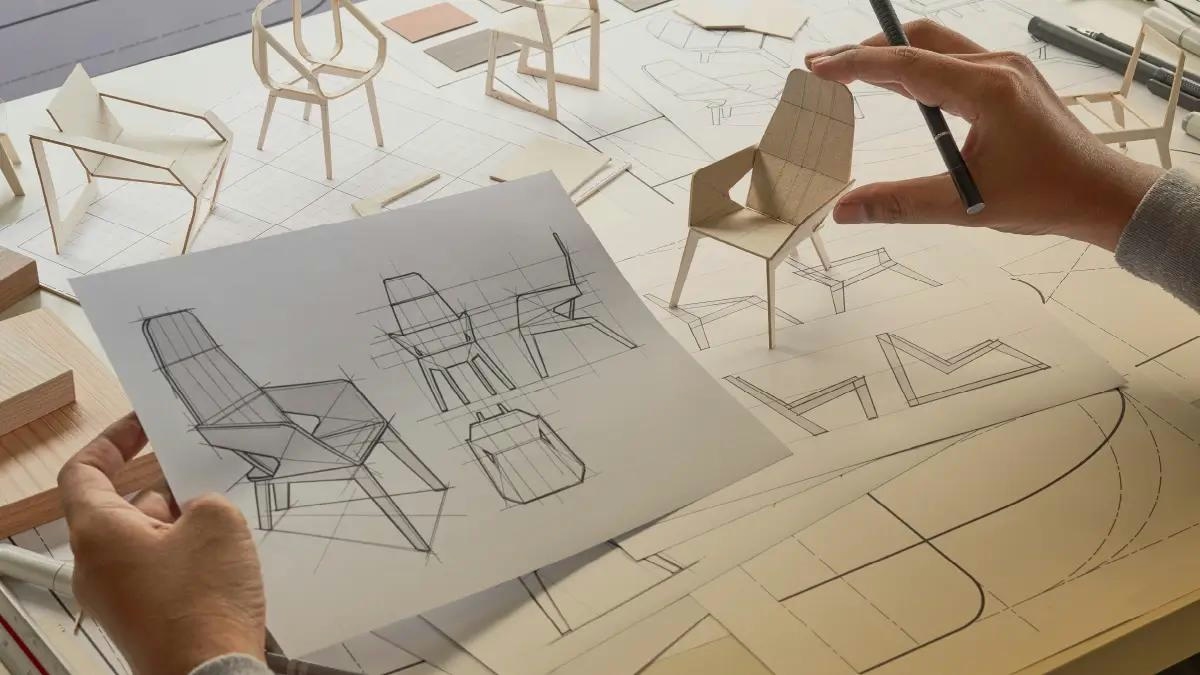
AeroGenie: il tuo copilota intelligente.
Tendenze
Categories
Qantas Leases Boeing 737s Amid Airbus A321XLR Delivery Delays
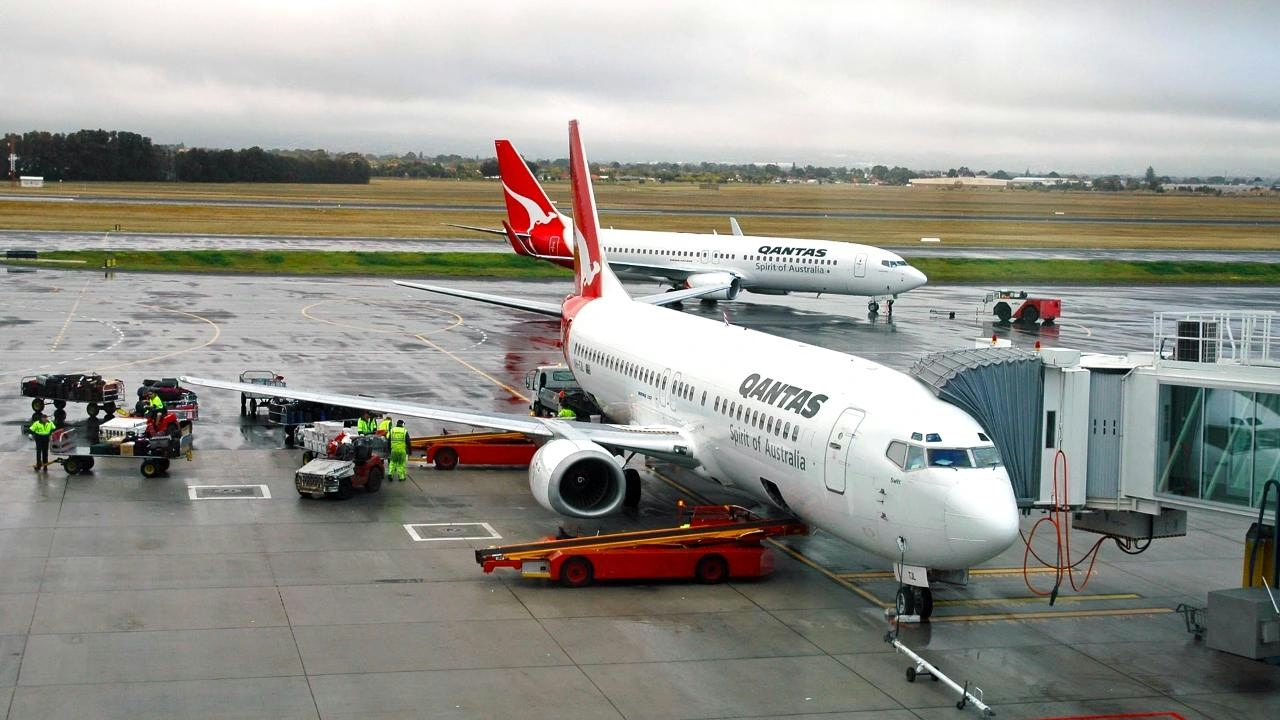
Qantas Leases Boeing 737s Amid Airbus A321XLR Delivery Delays
Addressing Capacity Challenges with Leased Aircraft
Qantas Airways has announced plans to lease four additional Boeing 737-800 aircraft to strengthen its domestic capacity in response to ongoing delays in the delivery of its new Airbus A321XLR jets. These leased 737s, described as “midlife” aircraft, are expected to enter service by the end of 2025, serving as a temporary solution to the shortfall caused by postponed Airbus deliveries.
The first Airbus A321XLR, initially scheduled for delivery earlier this year at Sydney Airport, is now expected to arrive next week, approximately three months behind the original timeline. This delay is part of a wider industry trend, with Airbus reporting a 4% decline in deliveries in May 2025 amid persistent production and supply chain difficulties. Such setbacks have led some airlines to contemplate legal action against manufacturers, while the market has expressed skepticism regarding interim fleet strategies, including Qantas’ decision to lease older aircraft models.
To maintain operational resilience, Qantas plans to partially upgrade the cabins of the leased Boeing 737-800s upon their entry into service. A comprehensive retrofit, designed to align the interiors with the airline’s next-generation cabin concept intended for the A321XLRs, will be implemented at a later stage.
Fleet Modernization and Cabin Refurbishment
The Airbus A321XLR represents a critical component of Qantas’ fleet modernization strategy, aimed at enhancing service across key hubs such as Melbourne and Brisbane, as well as improving both domestic and short-haul international operations. The delay in its arrival has temporarily disrupted the airline’s transition to a more modern and fuel-efficient fleet.
Concurrently, Qantas is undertaking an extensive cabin refurbishment program for its existing fleet of 42 Boeing 737s. This initiative forms part of a broader effort to elevate the passenger experience, featuring new seats, redesigned sidewalls, updated mood lighting, new carpets, and larger overhead bins capable of accommodating 50% more carry-on luggage. These upgrades are intended to closely mirror the interiors of the incoming Airbus A220 and A321XLR aircraft. The airline will continue to offer fast and free in-flight Wi-Fi on the retrofitted jets. The first fully refurbished 737 is scheduled to return to service in 2027.
The enhanced 737 fleet will continue to operate across Qantas’ domestic network and on short-haul international routes to destinations including Fiji, Vanuatu, and New Zealand. These improvements are designed to ensure service continuity and passenger comfort until the full transition to the new Airbus fleet is complete.
Qantas’ long-term fleet plan envisions replacing its Boeing 737s with Airbus A321XLRs and A220s. As of mid-2025, five Airbus A220s are already in active service, supporting the airline’s operational flexibility and sustainability objectives.
Industry-Wide Implications
The persistent delays in aircraft deliveries reflect broader challenges confronting the aviation industry. Qantas’ approach exemplifies how airlines are adapting to these disruptions by seeking alternative solutions to maintain capacity and service standards. As uncertainty around production timelines continues, other carriers may also explore similar strategies to manage their fleet requirements amid an evolving and complex market environment.

STV Forms Engineering Partnership to Advance Modern Aviation
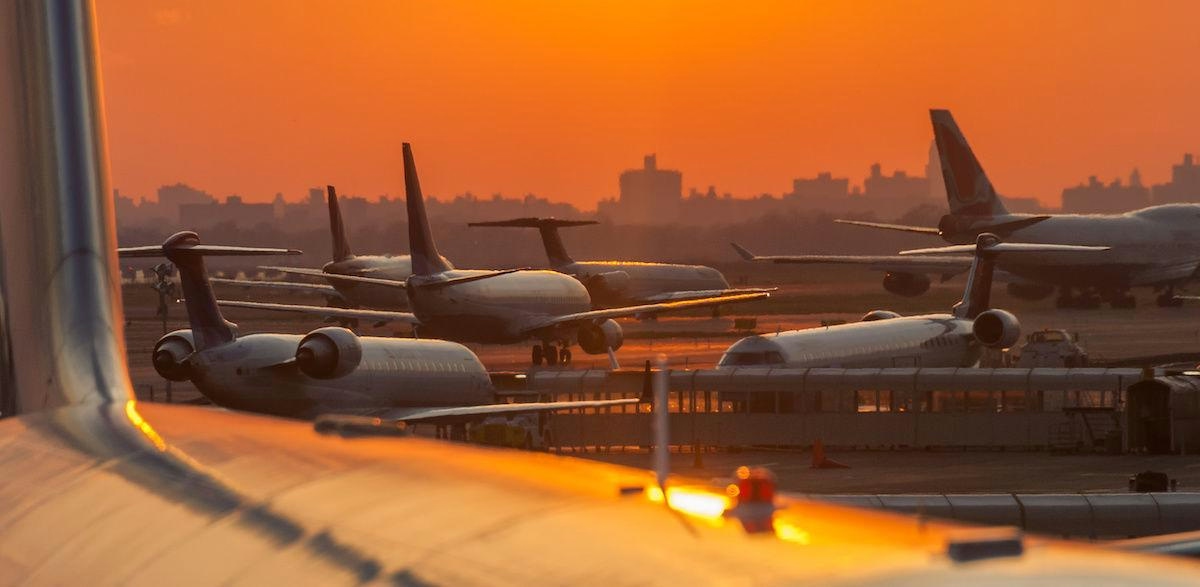
Sabre Introduces AI Chat Solution for Airlines
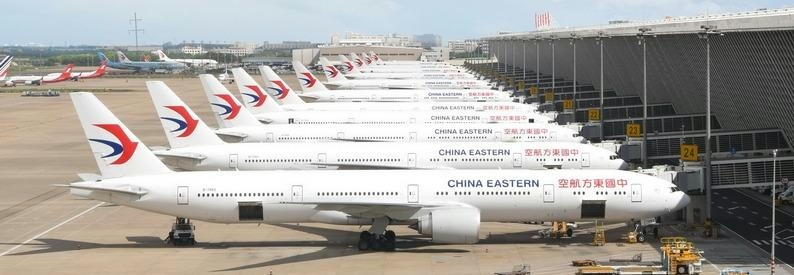
China Eastern Airlines to Pay $96 Million for STARCO Buyout
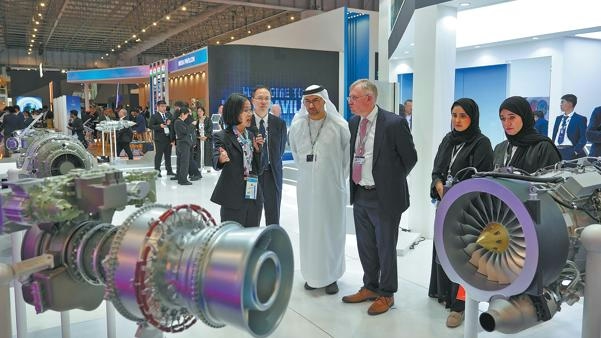
Chinese Innovations Take Center Stage at Dubai Air Show
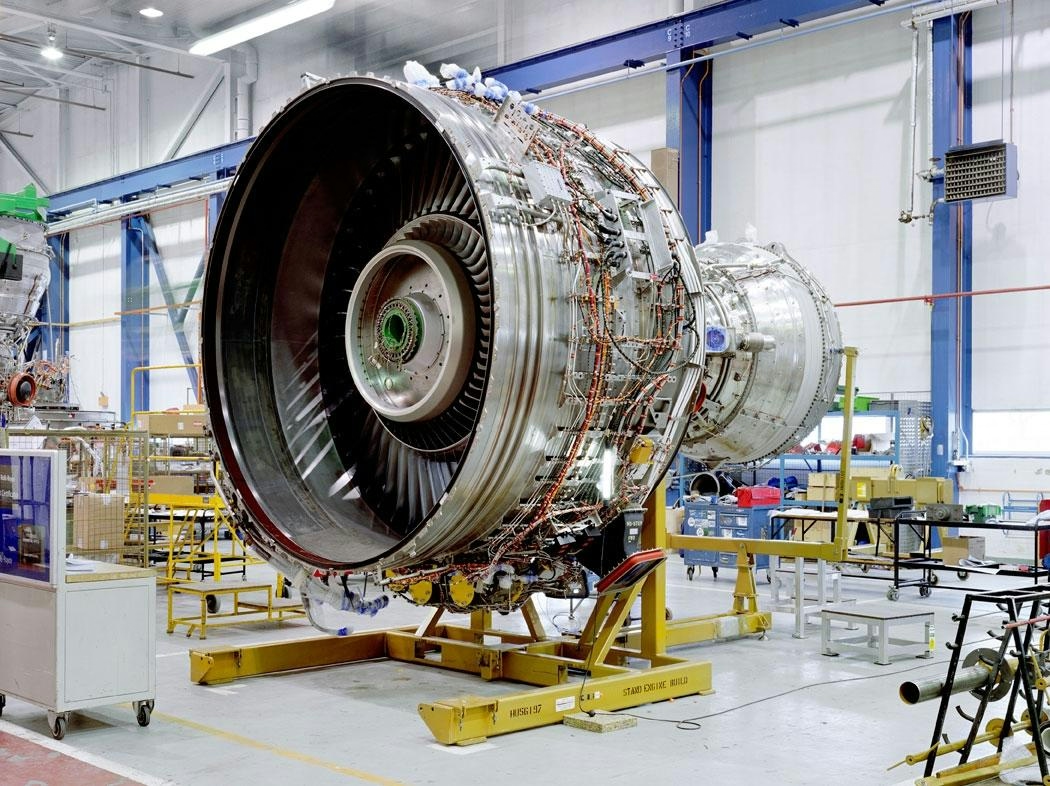
Emirates to Handle Part of Trent 900 Engine Maintenance In-House
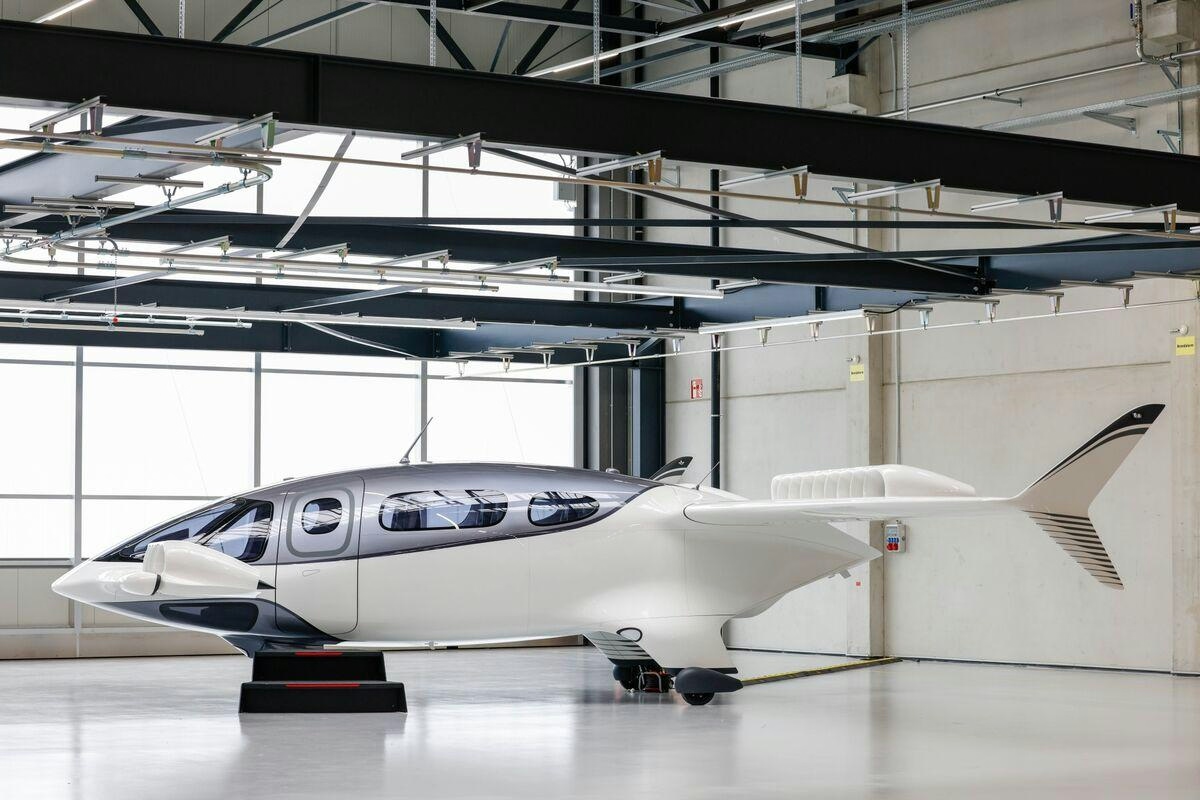
Saudi Arabia Plans Electric Air Taxis for Tourism by 2026
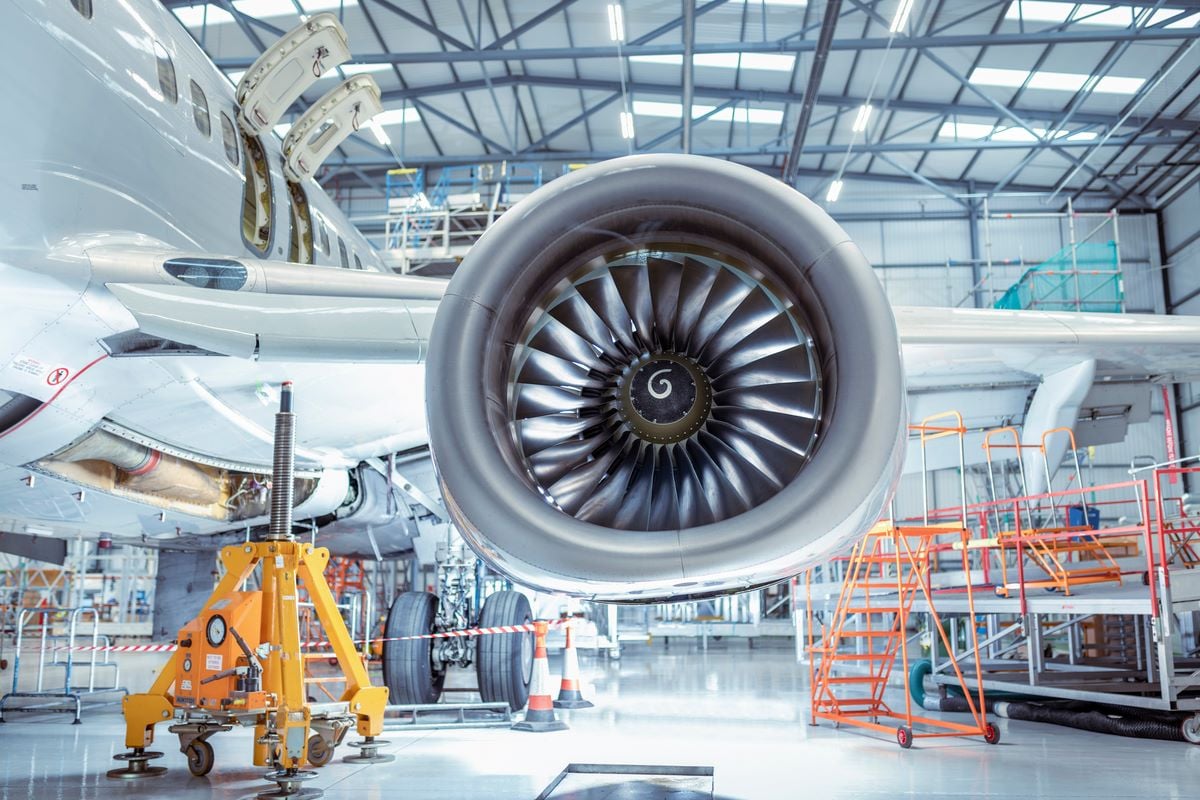
Challenges in the Aviation Supply Chain

Principal Aviation Acquires Alpha Aircraft Services
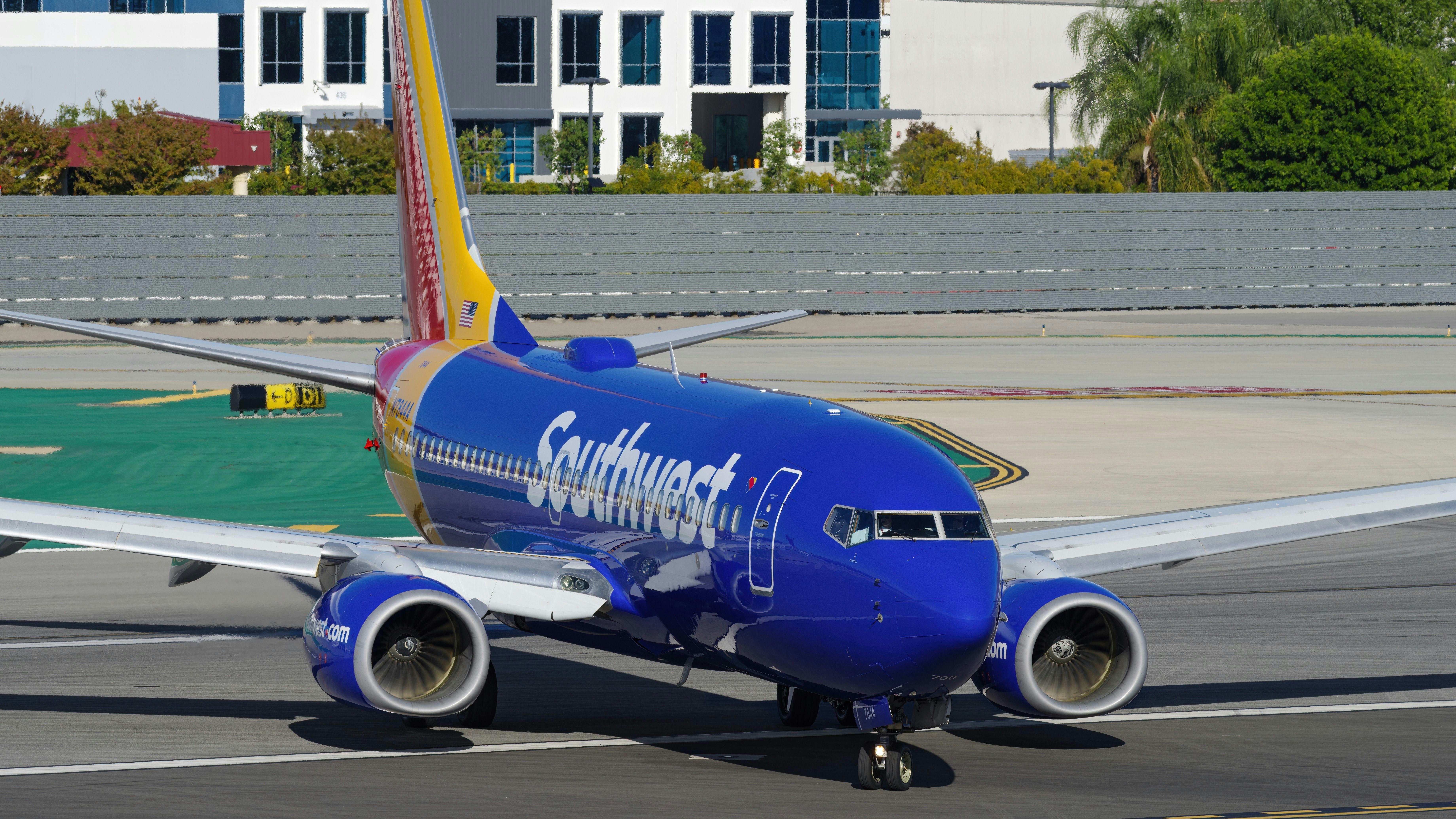
Flight to Salt Lake City Diverted to Los Angeles After Engine Failure
